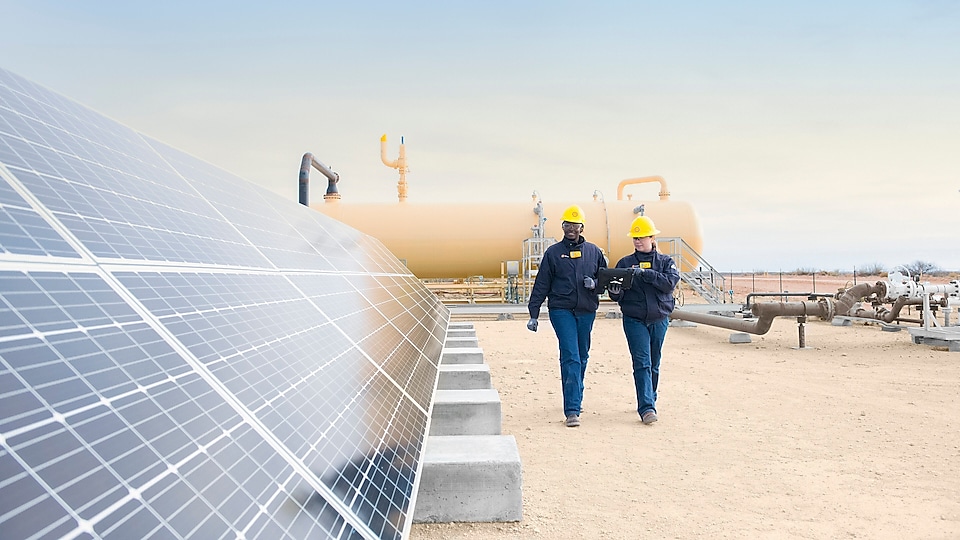
Sketch: A US net-zero CO₂ energy system by 2050
The Shell Scenarios team has outlined a possible pathway for the US to achieve a net-zero CO2 emissions energy system by 2050.
Read the full article
Innovation is the reason why we are able to drill for oil miles under the ocean, turn gas into liquid and transport it from the desert to cities, and unlock new sources of energy such as biofuels from plants. Rising demand for energy, together with the need to reduce carbon dioxide emissions, makes the role of innovation even more important.
Shell is a top deep-water oil and gas producer in the Gulf of Mexico. Our focus is always on safe, responsible and innovative deep water operations.
Shell Energy offers a comprehensive suite of tailored products and solutions, including rapidly growing capacity, trading and technical expertise and smart energy solutions, serving customers across the commercial and industrial sectors.
Wind energy can produce more and cleaner renewable power, helping Shell and our customers meet sustainability goals and accelerate the transformation of the US energy system.

The Shell Scenarios team has outlined a possible pathway for the US to achieve a net-zero CO2 emissions energy system by 2050.
Read the full articleHow will the world produce more, cleaner energy to power our homes and cities, and fuel our vehicles in decades to come?
Do you have a great idea or innovative technology? We look for creative people, companies and organisations to partner with.
We are helping to power lives around the world with natural gas, the cleanest-burning hydrocarbon.
Renewable natural gas (RNG) is a low-to negative-carbon natural gas produced from a number of sources including livestock waste, landfills, wastewater sludge, food waste and other organic waste operations.